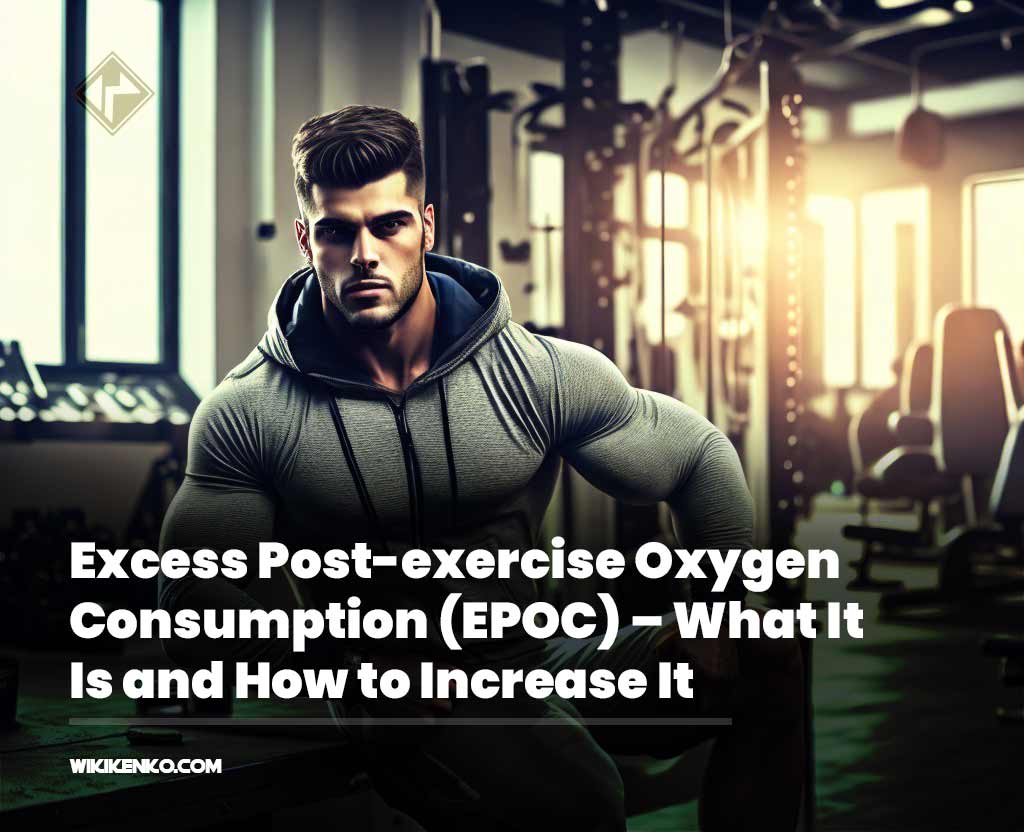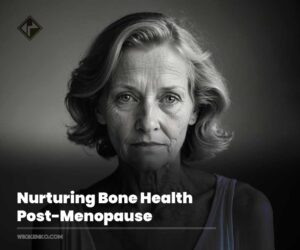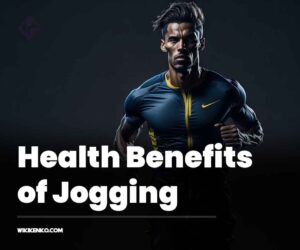Excess Post-exercise Oxygen Consumption or EPOC is a well-known phenomenon that occurs after intense exercise. EPOC refers to the increased rate of oxygen uptake and energy expenditure that occurs after exercise. This afterburn effect can last from 6-12, even 24 hours after the workout. In this article, we will dive deep into EPOC and discuss ways to increase it for maximum calorie burn and fat loss.
What Causes EPOC?
Short but explosive bouts of exercise use up the glycogen and ATP stores in your muscles and cause an abnormal buildup of lactic acid. Your body must work after your workout to remove this lactic acid and replace your ATP and glycogen stores. This post-exercise work requires oxygen and burning calories. That’s why you continue to burn calories even after your workout is over.
Three Types of Exercises That Promote the Greatest Afterburn Effect
There are three types of exercises that promote the greatest afterburn effect:
1. Cardiovascular High-Intensity Interval Training (HIIT)
HIIT involves short bursts of high-intensity exercise followed by brief rest periods in between these bursts. Examples of HIIT exercises include running sprints, swimming intervals, or spinning on a stationary bike.
2. High-Intensity Full Body Circuit Training
Full body circuit training involves calisthenics conducted in short, intense bursts with little or no rest between sets. You can also use light weights or your own body weight to perform a variety of full-body exercises, repeated several times with little or no rest.
3. High-Intensity Resistance Training
Resistance training involves heavy weights, and weight training challenges each of your major muscle groups. Plyometrics or “box training” will also build strength, speed, endurance, and agility.
How to Increase the Afterburn Effect?
To maximize the afterburn effect, you need to increase the intensity of your workout. Here are five ways to do it:
1. Full Body Exercises
Multi-joint and compound exercises like squats, Olympic lifts, and deadlifts work for your major muscle groups and promote afterburn and calorie burn. Skip single-joint exercises like curls and instead focus on full-body movements.
2. Heavy Weights
Heavy dumbbells and barbells increase the stress on your body and force it to grow. Choose the heaviest weights you can handle safely to stimulate testosterone production in male trainees. You can also consider using products like SARMs to help boost your muscle growth, allowing you to lift more and experience more effective bodybuilding.
3. Build Lean Muscle
Your body will burn 30% more calories to support lean muscle than it does the same volume of fat. The more muscle mass you have, the harder your metabolism works to maintain it.
4. Heart Rate
When performing intervals, your goal should be 85-90% of your max heart rate during the short bursts. Training to max heart rate and then allowing it to fall back to resting rate before maxing again is the most effective approach to creating oxygen debt.
5. Maximal Effort
The breathless state caused by maximal effort is what creates oxygen debt and in turn, drives the afterburn effect. There is no “aerobic zone” in interval training, only an all-out effort followed by a recovery phase and another all-out effort.
Benefits of EPOC
Intense, full-body training performed with heavy weights and maximal effort will force your body to burn calories for many hours after you complete your workout. As you burn fat and calories, you will increase your aerobic capacity and endurance and add lean muscle mass that will in turn promote a faster fat-burning metabolism.
Moreover, the EPOC effect can help you burn more calories even when you are not working out, leading to a reduction in body fat over time. Additionally, the afterburn effect can improve insulin sensitivity, which is essential for regulating blood sugar levels and reducing the risk of type 2 diabetes.
By incorporating high-intensity exercises into your workout routine, you can reap the benefits of EPOC and improve your overall health and fitness.
Conclusion
EPOC is the afterburn effect that results from intense exercise. This process causes your metabolism to continue burning calories even after you finish your workout. High-intensity exercise that targets multiple muscle groups and forces maximal effort is the best way to promote the greatest afterburn effect.
By incorporating full-body exercises, heavy weights, lean muscle building, and monitoring your heart rate during intervals, you can increase your afterburn and the number of calories you burn after exercise. A supplement such as Active PK may also help provide the extra energy needed after a high-intensity workout.
Incorporating these methods into your workout routine will help you achieve your fitness goals more quickly and effectively.
FAQs
-
What is EPOC?
EPOC, or excess post-exercise oxygen consumption, is the afterburn effect caused by intense exercise that continues to burn calories even after you finish your workout.
-
What types of exercise promote the greatest afterburn effect?
Cardiovascular HIIT, high-intensity full-body circuit training, and high-intensity resistance training promote the greatest afterburn effect.
-
How can I increase the afterburn effect of my workout?
To increase the afterburn effect, you should focus on full-body exercises, use heavy weights, build lean muscle, monitor your heart rate during intervals, and aim for maximal effort during your workouts.
-
Can supplements like Active PK help increase the afterburn effect?
Supplements like Active PK may help provide the extra energy needed after a high-intensity workout, but it is important to consult with a healthcare professional before adding any supplements to your routine.
-
How long does the afterburn effect last?
The afterburn effect can last for up to 24 hours after intense exercise, depending on the type of exercise and its intensity.







